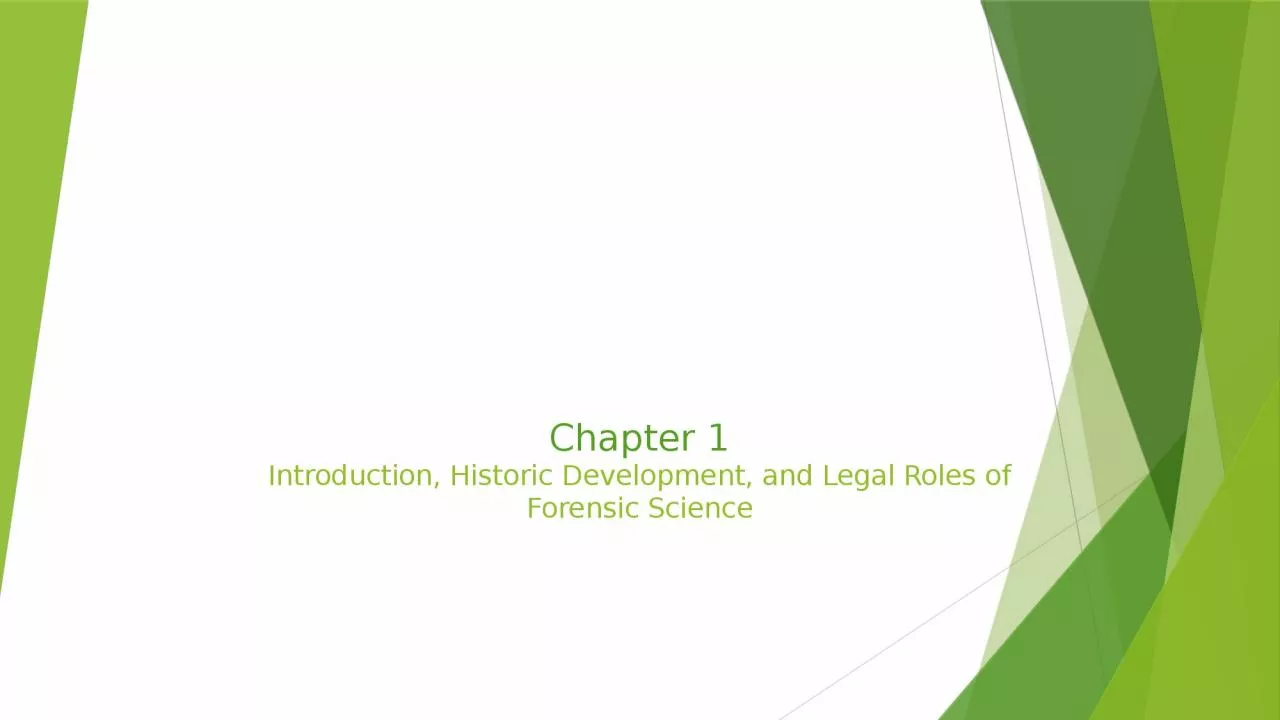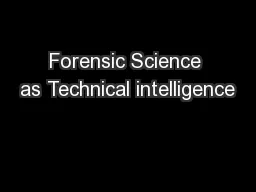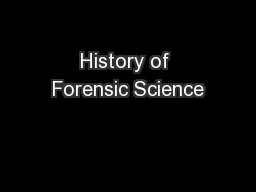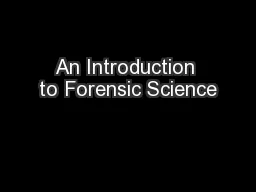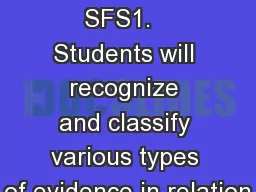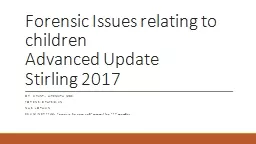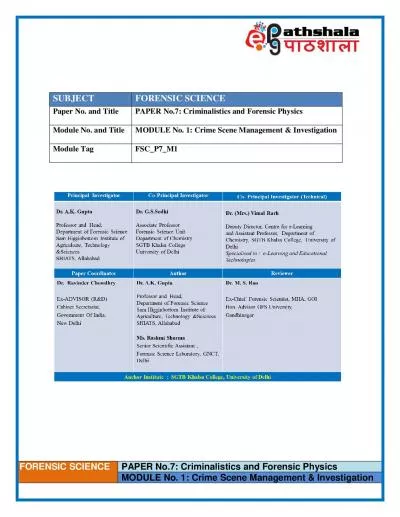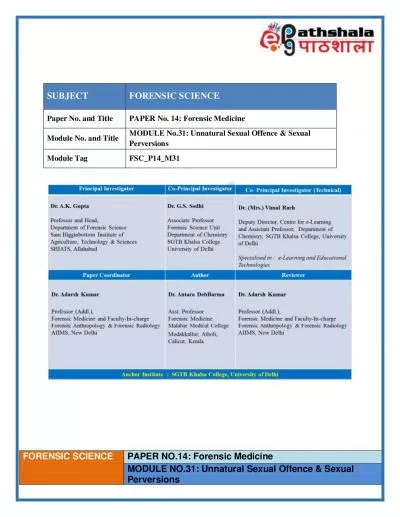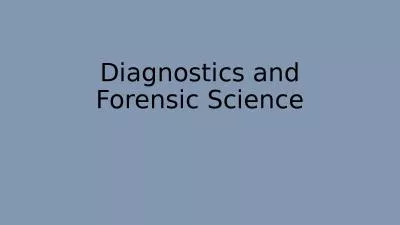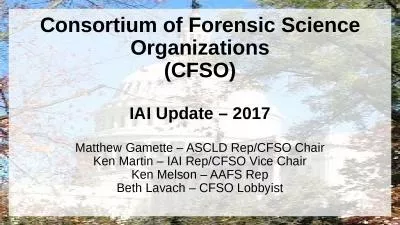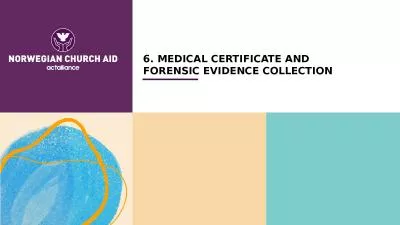PPT-Chapter 1 Introduction, Historic Development, and Legal Roles of Forensic Science
Author : amber | Published Date : 2023-12-30
CHE 113 2 Learning Goals and Objectives Today the role of science in the courtroom is undisputed We rely upon the scientific analysis and interpretation of key
Presentation Embed Code
Download Presentation
Download Presentation The PPT/PDF document "Chapter 1 Introduction, Historic Develop..." is the property of its rightful owner. Permission is granted to download and print the materials on this website for personal, non-commercial use only, and to display it on your personal computer provided you do not modify the materials and that you retain all copyright notices contained in the materials. By downloading content from our website, you accept the terms of this agreement.
Chapter 1 Introduction, Historic Development, and Legal Roles of Forensic Science: Transcript
Download Rules Of Document
"Chapter 1 Introduction, Historic Development, and Legal Roles of Forensic Science"The content belongs to its owner. You may download and print it for personal use, without modification, and keep all copyright notices. By downloading, you agree to these terms.
Related Documents

